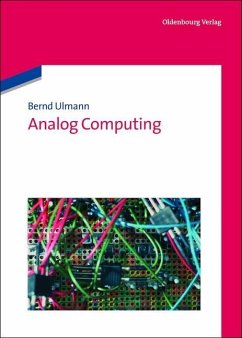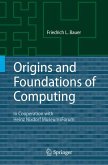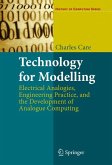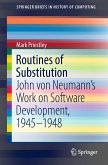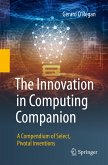This book is a comprehensive introduction to analog computing. As most textbooks about this powerful computing paradigm date back to the 1960s and 1970s, it fills a void and forges a bridge from the early days of analog computing to future applications. The idea of analog computing is not new. In fact, this computing paradigm is nearly forgotten, although it offers a path to both high-speed and low-power computing, which are in even more demand now than they were back in the heyday of electronic analog computers. This first chapters of this book define the notion of analog computing and cover the early history of mechanical and electromechanical analog computers before focusing on the development and the basics of electronic analog computing elements and computers based on these. Two chapters give an introduction to the programming of analog computers with a number of detailed sample problems and solutions. These problems range from simple mass-spring-damper systems to predator-prey simulations and conformal mappings. The following chapters introduce the basic concepts of hybrid computers and digital differential analyzers, the latter of which offer an enourmous potential for future applications based on field programmable gate arrays (FPGAs) or the like. The second half of the book is dedicated to an overview of typical applications of analog computers based on a comprehensive bibliography. The last chapter describes future prospects for the analog computing paradigm.
Dieser Download kann aus rechtlichen Gründen nur mit Rechnungsadresse in A, B, BG, CY, CZ, D, DK, EW, E, FIN, F, GR, HR, H, IRL, I, LT, L, LR, M, NL, PL, P, R, S, SLO, SK ausgeliefert werden.
